
The term pseudomorph, abbreviated ps or pseudo, means “false form.” This two-part article will describe a wide variety of minerals and fossils that have changed from their original form to something else and how that happens. Every good collection should have examples of common pseudomorphs.
The keyword, when discussing “pseudos,” is change. Minerals crystallize and exhibit a particular shape or crystal form. Such things as solution Ph, temperature, pressure, the richness of the solution, even location all play a role in crystallization. Some minerals, once formed, are unstable, so changes also occur as conditions change.
One typical example of a pseudomorph is iron rusting to iron oxide. The original shape remains but not the properties. Iron sulfide pyrite can also change, altering to hydrous iron oxide goethite. When pyrite changes to goethite, it retains the original crystal form of a cube or octahedron but is no longer brassy pyrite but dull dark brown goethite. Goethite after pyrite is a common form of a pseudomorph process called replacement.
UNDERSTANDING REPLACEMENTS
Replacements are substances in which the original entity is slowly replaced molecule by-molecule with a new substance while preserving the original form. Other forms of pseudomorphs include casts, paramorphs, and epimorphs. Plus, pseudomorph change scan happen in fossils as well as minerals.
Bu hikaye Rock&Gem Magazine dergisinin December 2020 sayısından alınmıştır.
Start your 7-day Magzter GOLD free trial to access thousands of curated premium stories, and 9,000+ magazines and newspapers.
Already a subscriber ? Giriş Yap
Bu hikaye Rock&Gem Magazine dergisinin December 2020 sayısından alınmıştır.
Start your 7-day Magzter GOLD free trial to access thousands of curated premium stories, and 9,000+ magazines and newspapers.
Already a subscriber? Giriş Yap

THE BRIGHT SIDE OF VOLCANIC ROCK
As a mineral resource, volcanic rock is decidedly short on glamour.
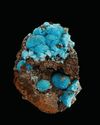
The Other Copper Minerals
12 Lesser-known Collectible Species

MINERAL COLLECTING -AND ROCK & GEM
Evolving Together FOR 54 YEARS
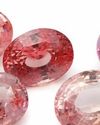
Gemstone Trends
A Look Back at 2024 & What to Expect in 2025
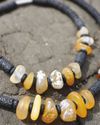
How to Make a GEM BEAD NECKLACE
No Lapidary Experience Needed!
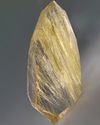
Framing Nature's Art
Faceting Rutilated Quartz for Beginners
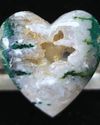
BEDAZZLED BLUE SEAM AGATE
More than several centuries ago, mining was the profession most often seen as befitting of men.
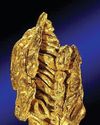
ROCK & GEM FIELD GUIDE:
Spinel is a captivating gemstone with a rich history of being mistaken for gems like ruby and sapphire.
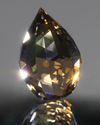
SNAKE SCALE DROP 1.5:1
This Faceting Focus is revisiting the briolette gemstone design because of its popularity with independent and hobby gemstone faceters.

STONE CHIC
How Earth-Inspired Decor Brings Comfort to our Home